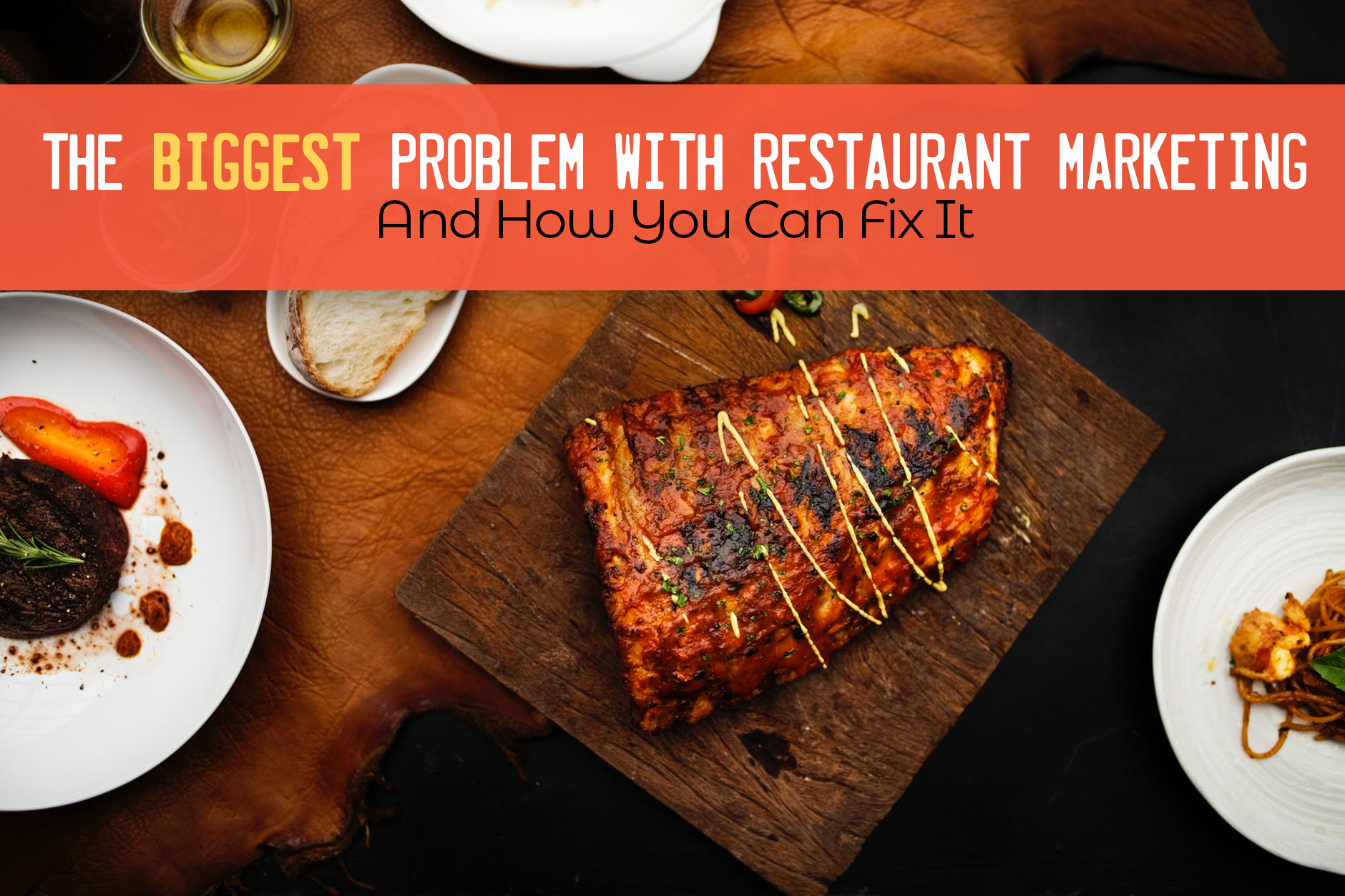All restaurants aim to drive more customers to their store or website without spending a lot on restaurant marketing costs.
However, with each passing year, the market becomes more saturated with competitors and options to choose from. For both customers and restaurant owners, it can be overwhelming.
Challenging Times
The challenge to compete and stand out becomes harder and more expensive. Trying to be innovative while relating to your customers can end up feeling incredibly difficult and frustrating. As your restaurant’s marketing costs increase, it can be even harder.
While multiple methods of attracting customers are available, many restaurants are still not investing in the tools and knowledge to make their business stand out from the crowd.
So much focus has been directed towards digital media that the actual customer experience is getting lost. Marketing can occur outside of digital media advertising such as Facebook and Instagram.
Time To Change It Up
Take a look at your menu and see if it needs to change. Do you have too many items? Do you have any items that aren’t selling as well as you anticipated?
“When we include over seven items, a guest will be overwhelmed and confused, and when they get confused they’ll typically default to an item they’ve had before,” says menu engineer Gregg Rapp.
Including a nice-looking picture alongside a food item increases sales by 30%, according to Rapp. But, it’s more than just a random list of dishes. You need to keep your menu up to date to and keep up with your customers’ needs while also maintaining your restaurant’s brand. Check out some tips to engineer an effective menu and maximize your profits.
What’s Your “Thing”?
For a restaurant to be successful, you first must look at the company’s core philosophies which include your mission statement and values.
Most restaurants think they can stand out by cooking great food, but the experience doesn’t stop there. Anyone can have amazing service and awesome food. But what’s next?
Look for something that makes your restaurant unique. Let’s say you own a pizza shop that uses a secret sauce that’s been in your family for 50+ years. You own the shop with your twin brother and opened it in the city you grew up in. This family component is part of your restaurant’s brand story. Customers want to know more than just the fact that they’re eating good food.
Additionally, if you are a restaurant that only sources local, organic food, you should showcase and highlight those decisions in your marketing. You want to build on your brand while also drawing in customers that will appreciate and support your business long-term.
When it comes to marketing, real-life experience is best. “Word-of-mouth marketing isn’t about giving customers talking points as if they were brand spokespeople. It’s about delivering an exceptional customer experience that makes customers want to recommend you,” stated Deborah Eastman, CMO of Satmetrix.
Diana Kelter, a senior trends analyst at marketing firm Mintel, wrote in a blog last year that the notion of extending a restaurant brand beyond its food and into new categories melds with the choice of millennials and Gen Z to discover trends on social media. “In a social media culture, expanding into new territories is quickly becoming the norm in order to stay top of mind with younger consumers,” she wrote.
In Conclusion
Your food, service, and story will create your brand identity to engage with your customers emotionally. Building this connection is power and the most efficient way to save on your restaurant marketing costs.
Find the “special” part of your restaurant and bring attention to it to your customer. Take time to understand your customer. Determine how you should improve your marketing and then design a clear strategy to reach your current and potential customers.

